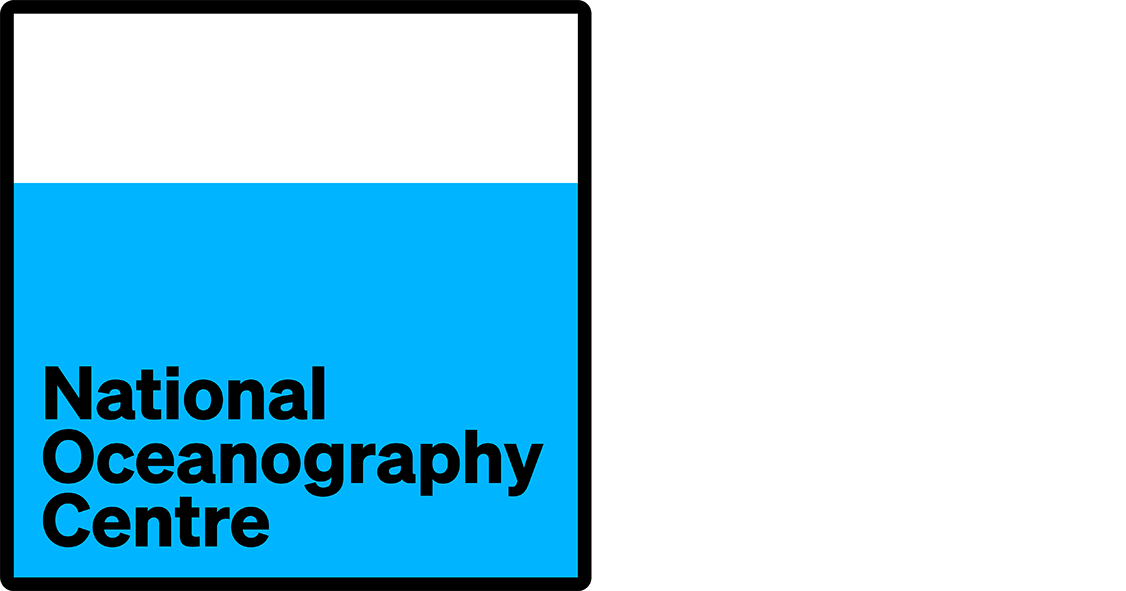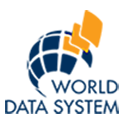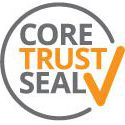- Submit data
- Submission guidelines
- Shipborne ADCP data
Shipborne ADCP data submission
BODC aims to ensure that all data incorporated into our database are adequately documented to allow long term viability and future access. Therefore, key data set information (metadata) are important for each data set we receive.
Information specific to shipborne ADCP data are described below. Metadata should be supplied in our metadata submission template, however we are able to accept metadata in any format. Please do not be discouraged from sending us data even if some of the information is unavailable. We fully understand that there are many reasons why the standards specified may not be completely achieved.
Instructions for general data submissions and other data types are also available.
Data standard
Ideally, data should be presented as a time series of profiles. Each profile should contain date, time, position and numerous records of data, where each record corresponds to a vertical bin in the profile. For each bin there should be the centre depth of the bin, three orthogonal velocity components, percentage good pings, the error velocity, the average echo amplitude and the average beam correlation (an average of four beams).
All relevant corrections and calibrations should be applied to the data. Data should be checked for quality and pre-edited or flagged for erroneous values.
Metadata specific to shipborne ADCP data
Collection details
- The ship and cruise identifier
- A project (if appropriate)
- Country and organisation
Instrument details
- Instrument description, number of sensors, reference number, manufacturer, model, frequency (kHz), band type (broad, narrow), heads facing upward or downward — provide a literature reference, web site reference or briefly describe. Include — accuracy, resolution and response range of individual sensors.
- Instrument configuration. Include — time between ensembles, pings per ensemble, bin size, number of bins, percentage good threshold, automated data rejection (i.e. fish rejection algorithms).
- Standard of calibration — manufacturer, laboratory, in-situ, quality, dates and calibration coefficients.
- Position and method of position fix (i.e. DGPS, GPS)
Data sampling/processing
- Date/time of the start/end of the profiles for each data file.
- Coordinate system of the horizontal velocity components.
- Method of correcting profiles for ship speed — bottom tracking, navigation or reference level of no motion. Include bottom tracked velocities as these are valuable in the shallow sections of the cruise for calibration information.
- Calibrations applied for transducer misalignment.
- Corrections applied for time drift of the ADCP clock.
- Gyro corrections made utilising heading information from DGPS systems. Include details of the DGPS equipment.
- Method of calculating sound speed — constant value or caluclated from temperature and salinity.
If a constant value is employed — provide the value and indicate how it might vary along the cruise track.
If calculated from temperature and salinity — provide temperature and salinity data. - Methods of handling contaminated data — describe problems due to bubbles in rough weather, high ship speed (propeller noise), change in ship direction or ship speed zero.
- Criteria used for flagging or rejecting data — threshold values of error velocity and/or percent good pings.
- Data quality report


